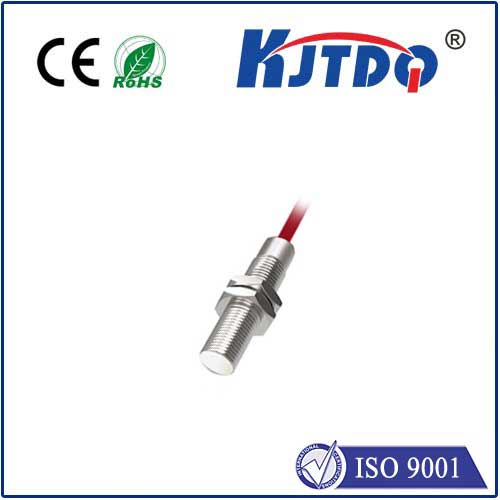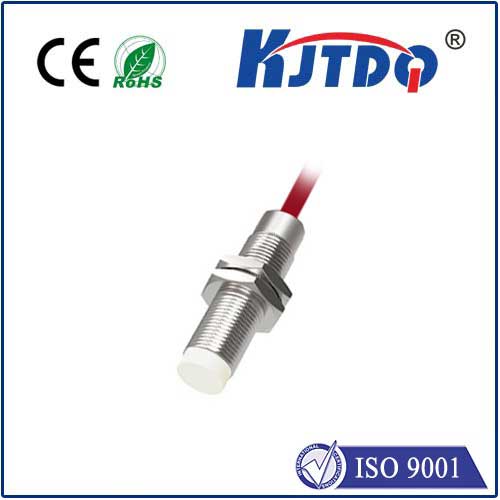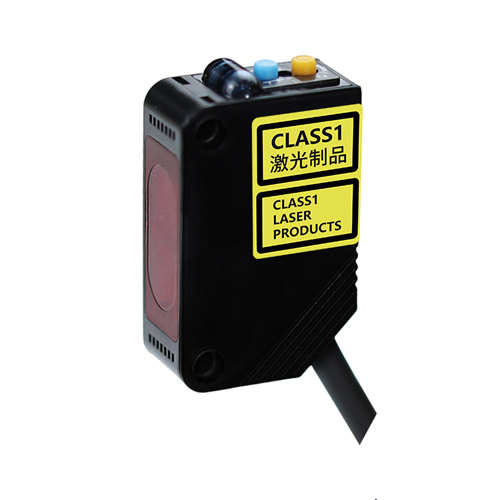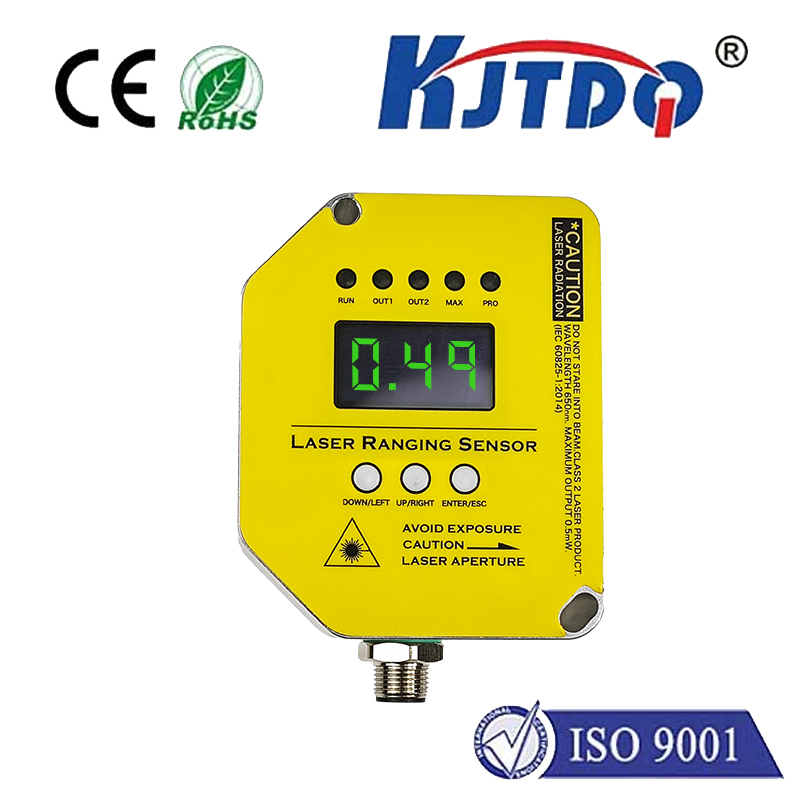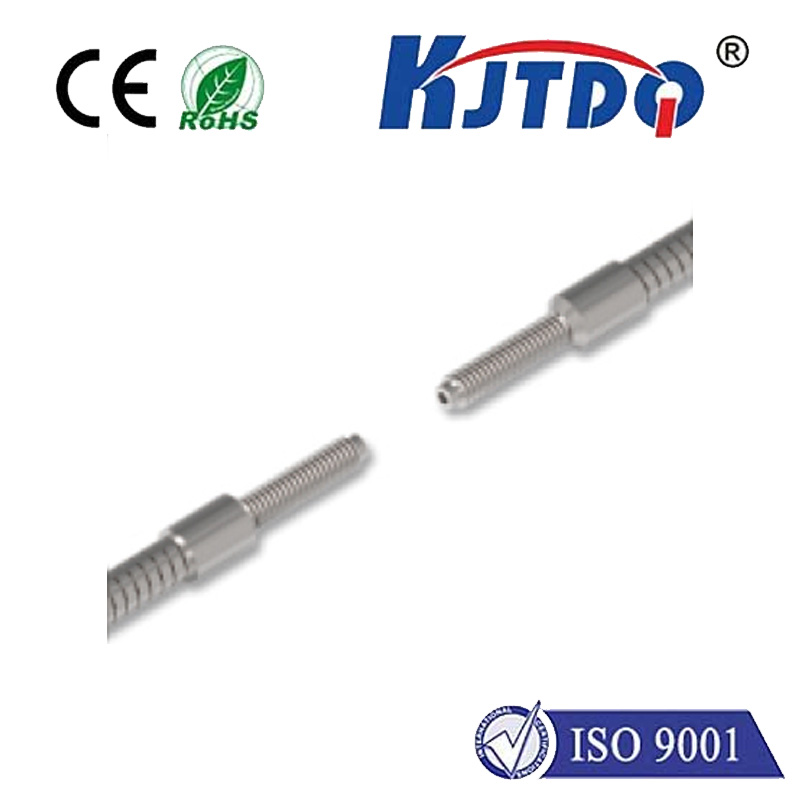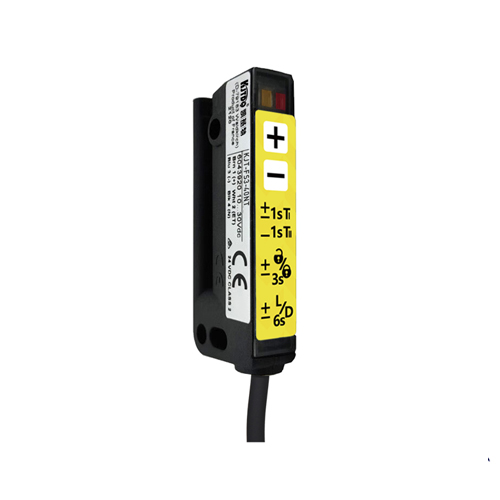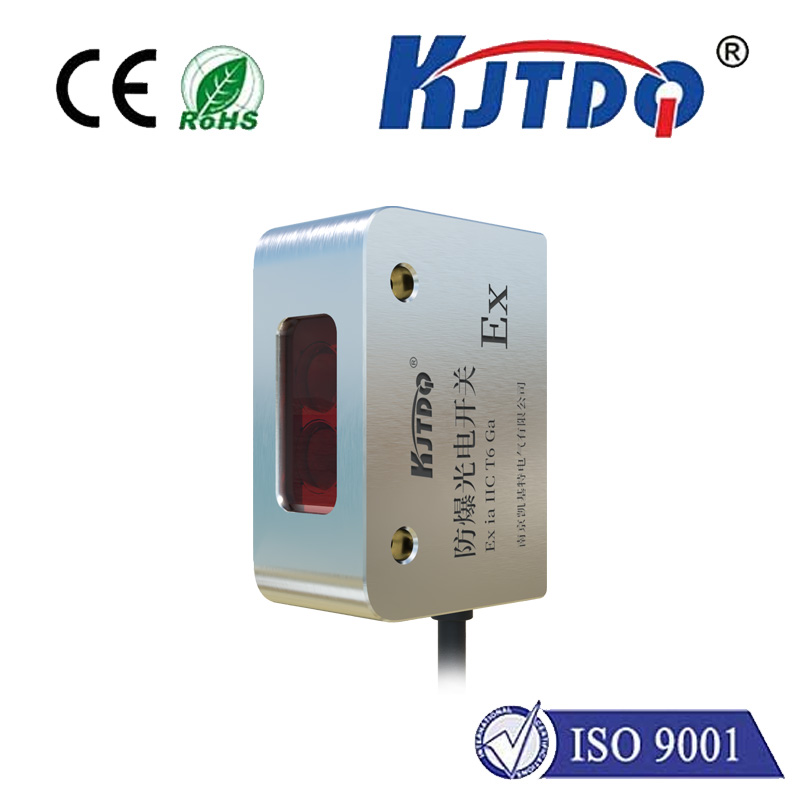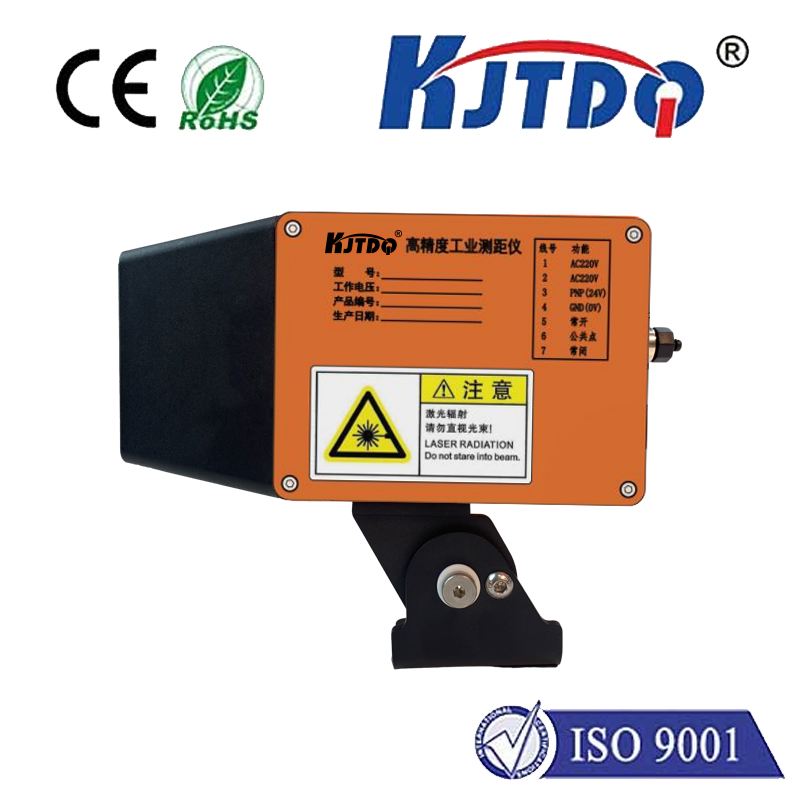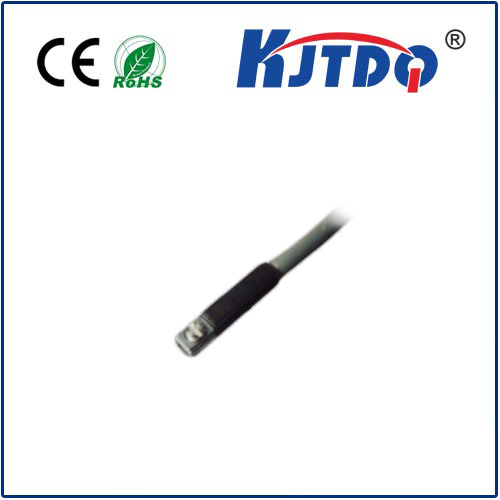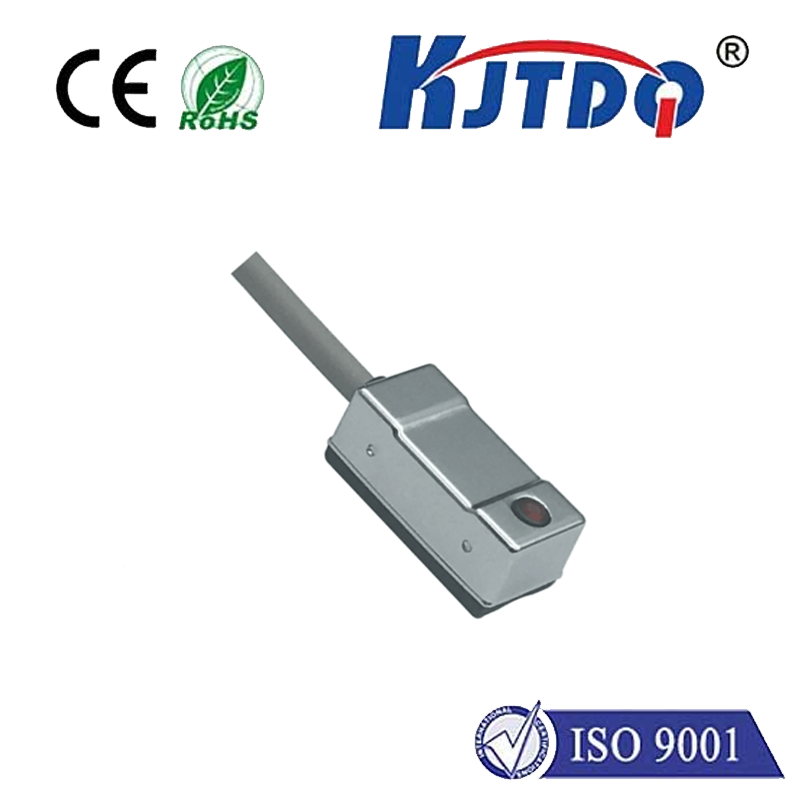Миниатюрный переключатель spdt kw10
- time:2025-08-07 00:15:19
- Нажмите:0
Mastering Precision Control: Your Deep Dive into the SPDT KW10 Limit Micro Switch
An unexpected jolt, a mechanism grinding past its safe point – such scenarios signal a failure no industrial application can afford. In the intricate dance of automated machinery, precise positioning and reliable endpoint detection are non-negotiable. This is where the humble yet vital limit switch takes center stage, acting as the vigilant guardian against overtravel and ensuring operational harmony. Among the diverse array of limit switches, the SPDT KW10 Limit Micro Switch stands out as a remarkably versatile and dependable workhorse. This article unpacks everything you need to know about this essential component, exploring its design, function, and the critical roles it plays across countless industries.
At its core, a limit micro switch is a compact, fast-acting switch designed to be triggered by the physical movement or presence of an object. Its primary function is to detect position and control circuits – typically by opening or closing an electrical path when an actuator (like a lever, roller, or plunger) is displaced. This fundamental action provides crucial feedback or safety interlocks in machinery.
The “SPDT” designation is key to understanding its electrical capability. SPDT stands for Single Pole, Double Throw. Imagine it like this:

- Single Pole: It controls one single circuit path.
- Double Throw: It has three terminals: Common ©, Normally Open (NO), and Normally Closed (NC). In its resting state, the common terminal is connected to the NC terminal. When the actuator is depressed, it switches the connection from NC to NO. This provides two distinct switching actions from a single input – a feature offering significant flexibility in circuit design.
The “KW10” specifies the particular model or series. While exact specifications can vary slightly between manufacturers adhering to this common designation, the KW10 typically implies a standardized micro switch form factor known for its robustness and reliability. Key characteristics often associated with the SPDT KW10 include:
- Compact Size: Its small footprint allows installation in tight spaces where larger switches won’t fit – essential in modern, miniaturized machinery.
- Snap-Action Mechanism: This ensures a rapid, positive switch operation regardless of the actuator speed past the trigger point. This minimizes arcing on contacts and provides highly reliable switching.
- High Electrical Ratings (for its size): Despite its small size, the KW10 is typically rated for switching significant currents and voltages (commonly up to 10A/250VAC or similar), making it suitable for directly controlling solenoids, small motors, or signaling PLCs.
- Долговременная конструкция: A robust plastic housing protects the internal mechanism and metal contacts, ensuring longevity even in challenging environments. Sealed versions are widely available for dust and moisture resistance.
- Varied Actuator Options: The KW10 is commonly available with different actuator types to suit diverse applications:
- Lever (Straight or Roller): Ideal for detecting moving parts passing a specific point. Roller ends reduce friction and wear.
- Simulated Roller Lever (Top or Side Plunger): Combines a plunger-style action with a roller for specific actuation angles.
- Plain Plunger: Used for direct, straight-line actuation.
Where does the SPDT KW10 Limit Micro Switch prove indispensable? Its versatility shines across numerous sectors:
- Промышленная автоматизация: Detecting end-of-travel positions on robotic arms, slides, linear actuators, and conveyor systems. Providing interlocks on safety guards. Precisely controlling machine cycles in CNC equipment, packaging lines, and assembly stations.
- Appliances: Confirming door closure (ovens, washing machines, microwaves), verifying lid position (blenders, food processors), detecting water level or filter presence.
- HVAC Systems: Monitoring damper positions, sensing filter status for maintenance alerts, detecting airflow blockage.
- Vending Machines & Kiosks: Verifying product dispensing, detecting coin mechanisms, sensing door security.
- Medical Equipment: Providing position feedback in adjustable beds, chairs, imaging equipment, and lab automation.
- Transportation: Sensing door positions on vehicles, detecting landing gear status, monitoring brake wear indicators.
The core benefits of the SPDT KW10 are what cement its popularity:
- Reliability: The snap-action mechanism ensures consistent switching, even after millions of cycles.
- Многогранность: The SPDT configuration offers two switching options (NO and NC) in one device, simplifying wiring and offering redundancy or different control logic from a single trigger. The variety of actuator styles broadens its application scope.
- Cost-Effectiveness: Delivering high performance and durability at a relatively low cost per unit makes it an economical choice for large-scale deployment.
- Ease of Integration: Its standardized size and mounting options (typically screw terminals and tab mounting holes) facilitate easy installation and replacement.
- Good Electrical Switching Capacity: Its ability to handle moderate currents allows it to directly control loads, reducing the need for additional relays in many circuits.
Selecting the Right SPDT KW10: While the KW10 designation provides a baseline, careful selection is crucial:
- Actuator Type: Match the actuator to the motion being detected (linear, rotary, specific force angle).
- Electrical Ratings (Voltage & Current): Ensure the switch rating exceeds the requirements of the circuit it controls.
- Operating Environment: Consider temperature range, dust, moisture, and potential chemical exposure. Opt for sealed models (IP67 rating is common) if needed.
- Pre-Travel/Over-Travel: Understand the physical movement required to activate the switch and how far the actuator can safely move beyond that point.
- Force Required: Ensure the force applied by the target object is sufficient to reliably actuate the switch consistently.
Integrating the KW10 effectively involves precise positioning. The switch must be mounted so that the actuator is reliably engaged at the exact desired position or limit. Proper adjustment during installation is critical – too loose, and it might not actuate; too tight, and it could cause premature wear or damage. Understanding the actuator’s operating characteristics (differential travel, reset force) ensures reliable triggering and release.
From preventing catastrophic machine overtravel to signaling the start of a new cycle in your coffee maker, the SPDT KW10 Limit Micro Switch operates silently in the background, safeguarding operations and enabling precise control. Its ingenious combination of rugged simplicity, the flexible SPDT switching action, and standardized KW10 form factor makes it an irreplaceable component in the engineer’s toolbox. Understanding its functionality, capabilities, and critical selection parameters empowers designers and technicians to harness its power effectively, bringing reliability and precision to the mechanical world one decisive click at a time.







